When the heat hits hard and rain seems like a distant memory, your plants start showing signs of stress, wilting leaves, dry soil, and slowed growth. But a little attention goes a long way.
With the right care, your garden doesn’t just survive the heatit thrives. These 9 smart tips will help you protect your plants when temperatures soar, keeping them healthy, hydrated, and strong through summer’s toughest days.
If your veggies and flowers are looking tired, don’t panic; let’s bring that garden back to life.
#1 Water Plants In The Morning
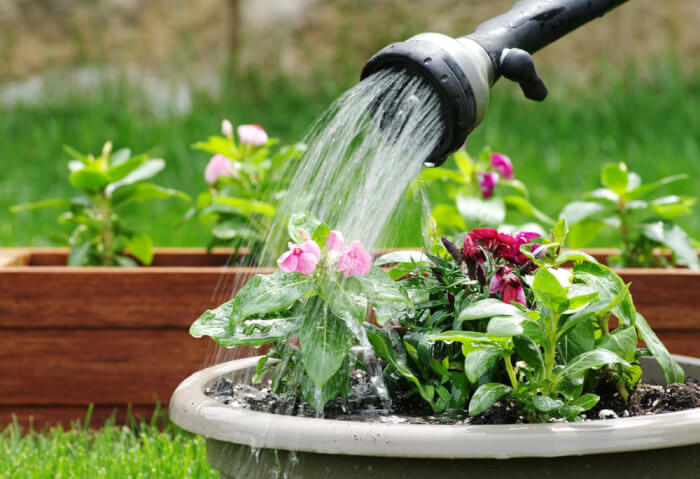 Source: Ugaoo
Source: Ugaoo
Giving your plants a good soak early in the day helps them absorb moisture before the sun gets too intense. Morning watering lets the roots drink deeply, reducing the risk of evaporation.
You’ll also avoid fungal issues that can happen with damp leaves overnight. Use a watering can or hose with a gentle spray to reach the base of the plant. Try to keep the foliage dry and focus the water where it’s needed most at the soil level.
#2 Water Deeply
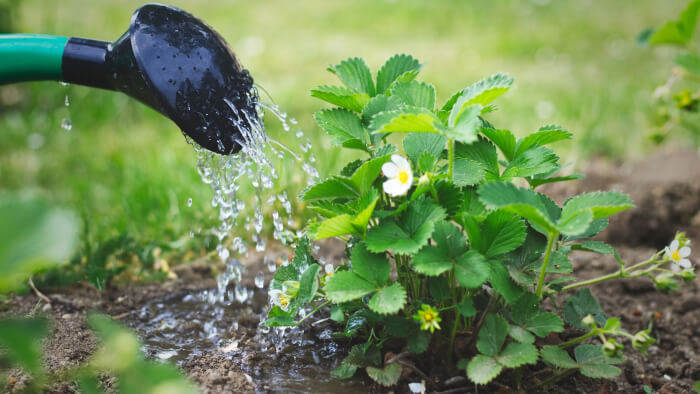 Source: Baamboozle
Source: Baamboozle
A deep soak gets to the roots where it matters most. Shallow watering might seem enough, but it dries up fast in hot weather. When you water deeply, roots grow stronger and can handle the stress better.
Stick your finger into the soil if it’s still dry a couple of inches down; your plant needs more. Give the soil time to absorb the moisture slowly, allowing the water to seep down where it counts.
#3 Skip The Fertilizer
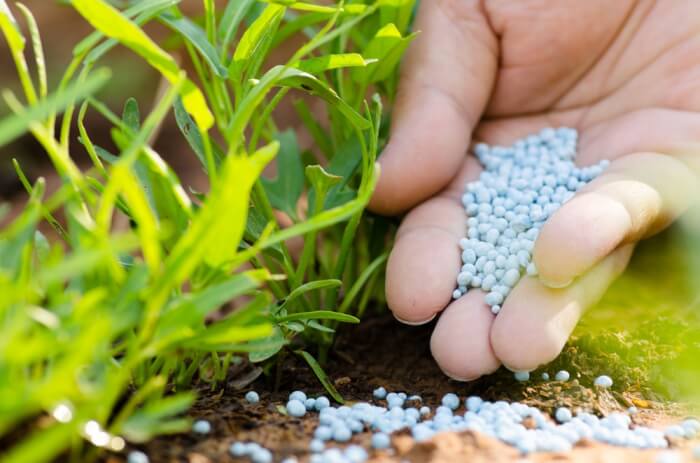 Source: Horticulture
Source: Horticulture
Fertilizing during a heatwave can do more harm than good. Most fertilizers contain salts that pull water away from the plant, making dehydration worse.
If your plants already look stressed, hold off until they bounce back. Focus on hydration instead of growth during these times. Once temperatures cool, you can gradually start feeding again.
#4 Harvest What’s Ready, or Close to Ready
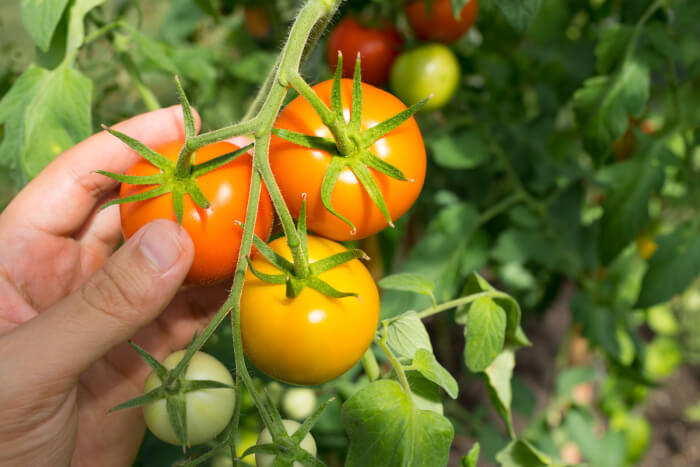 Source: Gardeningknowhow
Source: Gardeningknowhow
Your plants spend a lot of energy supporting fruits and veggies. Picking what’s ripe helps them focus on survival rather than production. If a tomato is nearly red or a cucumber is almost full size, go ahead and pick it.
This small step reduces stress on the plant and can even encourage new growth when things cool down. Keep a close eye on ripening produce during hot days.
#5 Shouldn’t Prune, Dig, or Move Plants
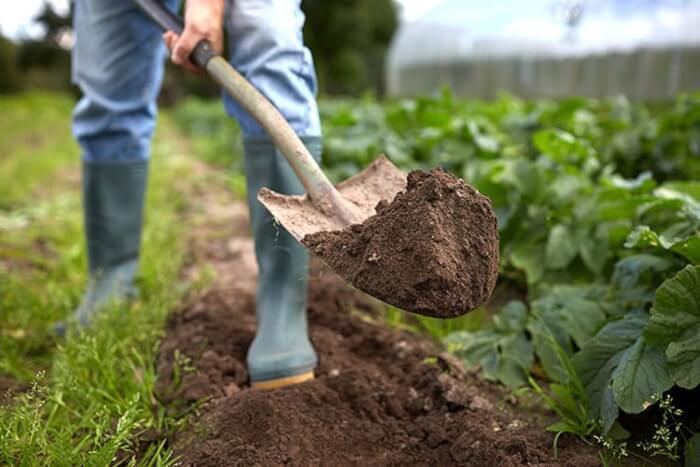 Source: Nipsco
Source: Nipsco
Hot days are the worst time for major changes in your garden. Even small pruning cuts can be too stressful when temperatures are high. The same goes for transplanting or digging around roots.
Wait until a cloudy, cooler stretch before you trim or replant. Your plants will thank you with quicker recovery and stronger growth.
#6 Container Gardens Require Extra Care
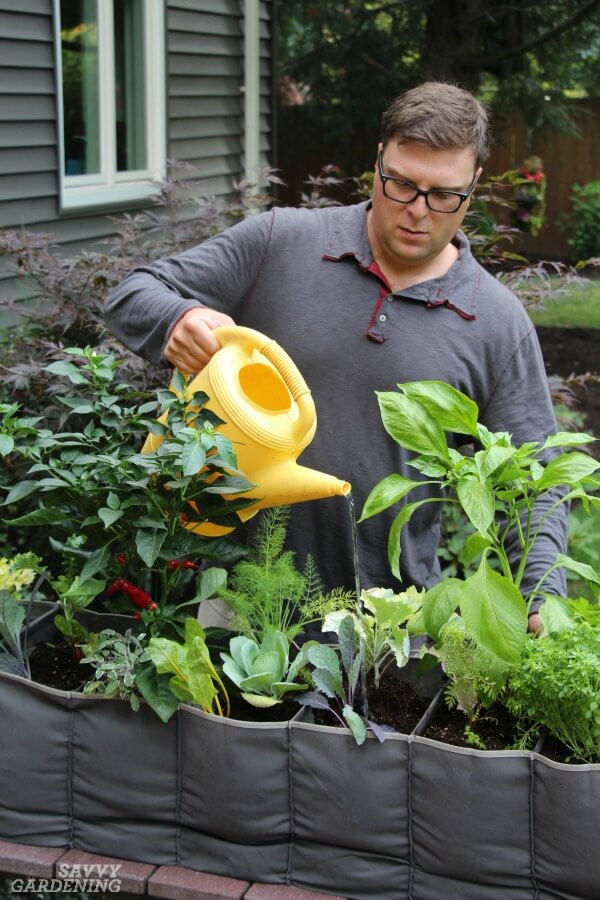 Source: Savvygardening
Source: Savvygardening
Potted plants dry out much faster than those in the ground. The heat reflects off the container walls and bakes the soil from all sides. You might need to check them twice a day during extreme heat.
Use your finger to test the moisture and water thoroughly until it drains out the bottom. Grouping pots together can help shade each other and retain moisture longer.
#7 Mulch For Garden
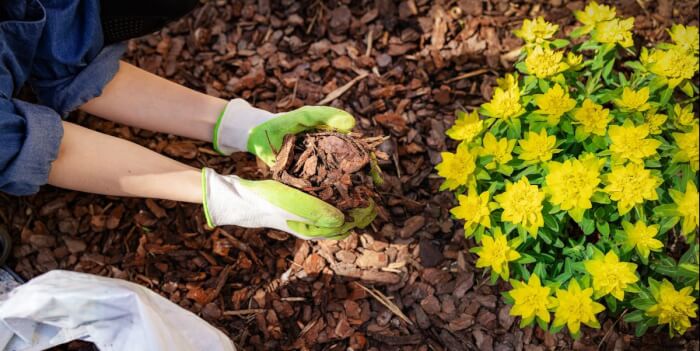 Source: Goodhousekeeping
Source: Goodhousekeeping
Mulch acts like a cozy blanket for your soil, keeping moisture in and heat out. A 2–3 inch layer of straw, bark, or compost works wonders. It slows evaporation and keeps roots cooler even on the hottest days.
Spread it around the base of your plants, avoiding direct contact with stems. Over time, it also adds nutrients as it breaks down.
#8 Keep the Water in Place
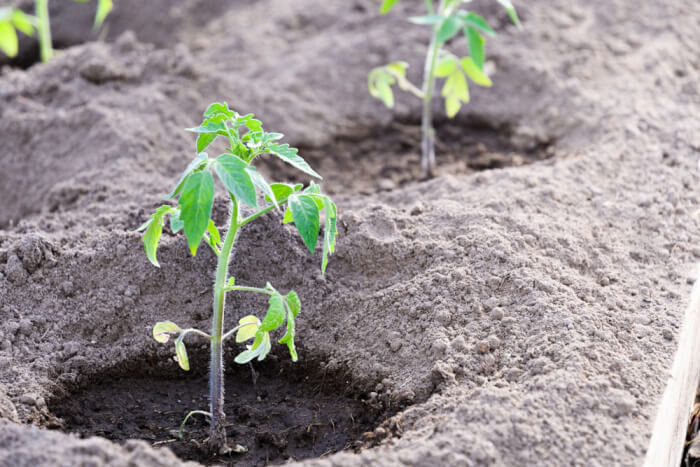 Source: Meinlebenimgarten
Source: Meinlebenimgarten
A simple soil ridge around your plants can make a big difference. It holds water right where the roots need it instead of letting it run off.
Use a small trowel to shape a shallow basin around each plant. When you water, the moisture stays put and sinks deeper into the ground. This helps reduce waste and supports better hydration.
#9 Add a Layer of Shade
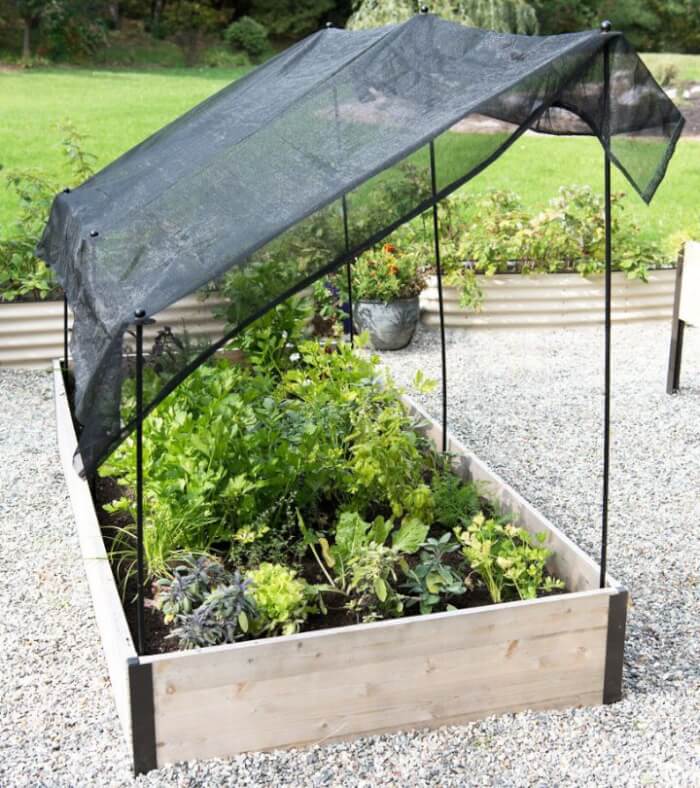 Source: Plantedwell
Source: Plantedwell
Giving your plants a bit of relief from direct sunlight can prevent sunburn and stress. Use old bed sheets, burlap, or sheer curtains to create temporary shade.
Drape the fabric loosely over stakes or tomato cages to allow airflow underneath. This reduces heat buildup and keeps leaves from drying out. Even a few hours of shade during peak afternoon sun makes a big difference.
